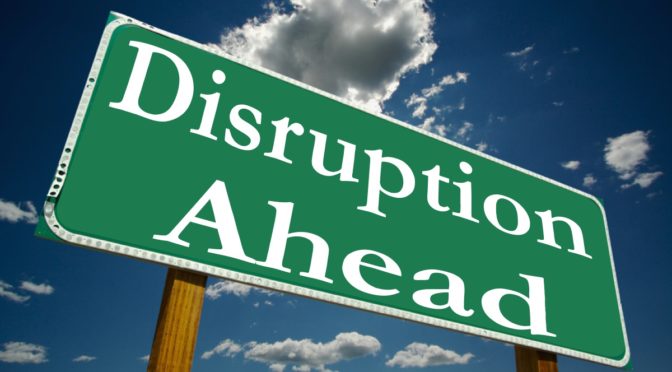Starting a company is hard. Growing it is harder. A lot conspires against a business that makes growth hard.
However, some of the main reasons for business difficulty are self-induced.
Here are 7 avoidable ways that a growing startup can turn into a shrinking shutdown.
Stagnate Products
Every product has a life-cycle.
Every product has an end date.
Markets move along.
Customer needs evolve.
Competitors improve.
Regulations change.
Disruptive ideas challenge the way things are done.
Keeping your product the “same old same old” in a dynamic market environment is like leaving the milk out overnight. It spoils and nobody wants it. Customer interest wains. Sales dwindle. Revenue decreases.
Certainly, you can extend the life of a product by adding new features and making customer requested changes. But, astute owners understand no matter how good your product is now, or how much market share it commands, you should be planning for its decline.
Become Arrogant
Companies that create a market leading product become susceptible to ‘market arrogance’. In your own little microcosm of success, you ridicule new entrants to the market, dismiss competitors, and ignore potential disruptors.
During my time with Motorola, market arrogance (among other things) led to ignoring the move digital cellular. Motorola was the analog cellular king and didn’t believe digital had a future. Nokia did and became a market leader in a few short years. Motorola eventually recovered for a time with the introduction of the RAZR but later declined due to missteps in the smartphone category.
Market arrogance blinds you to the very thing that will unseat you.
Wise market leaders understand that humility and a little paranoia are 2 keys to inoculate a company against market arrogance.
Forget strategy
Your strategy is the high-level plan to achieve corporate goals. It is the activity that maps direction to vision.
Companies who choose to ignore strategy are abandoning achievement and giving up on goals. They are adrift.
Leaders who ignore strategy have abdicated their responsibility.
Companies who ignore strategy can only hope for random results at best. The more likely result is consistent decline.
Perceptive business leaders know that strategy sharpens focus, provides direction and helps align the organization for achievement.
Abandon Vision
Hand in hand with strategy is the vision.
Vision is the destination, strategy is the map to get there.
When a company abandons its vision, the purpose degrades to simply making money. We all need money to live. However, as author Dan Pink writes in his book Drive, money in and of itself, is not a sustaining motivator, especially in today’s culture.
Smart owners understand the vision has to be re-communicated regularly, refreshed as needed and it has to be the driving motivator for the organization.
Eliminate employee development
The most important asset of any business is the employees who show up everyday and do their job. You don’t see this asset listed on any balance sheet. But without them, the company won’t be able to operate.
Employee development is the way to care for that asset. It is the way the company invests in its future. It is a long play for your employee base.
Abandoning development is akin to saying ‘there is no future here’.
Intelligent owners know that investment in employees through training and development pays dividends back to the company in many ways.
Ignore customers
In today’s business environment, customers expect a dialog.
Many customers have a lot to say and can provide excellent feedback regarding your products or services. Customers whose feedback is heard and understood can be wonderful advocates for your company. However, if customers feel ignored they will migrate to your competitors.
Companies that engage customers and value feedback gain insight to markets that is otherwise unavailable. Companies that ignore customer feedback miss important clues as to where the market may be going.
Adroit leaders know that customer engagement builds loyalty, advocacy, and improves results.
Think the same
Thinking the same means you and your organization have stopped learning.
Same thinking is stale thinking. Same thinking blocks insight and dampens learning. Same thinking is fragile. Same thinking won’t allow you to continue to grow and succeed.
One of the only truly sustainable competitive advantages is an organization that can learn and learn fast and apply what they learn in the marketplace.
Great leaders know that both success and failure should lead to learning. And learning changes thinking.




